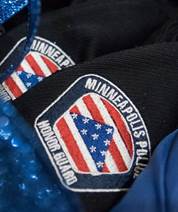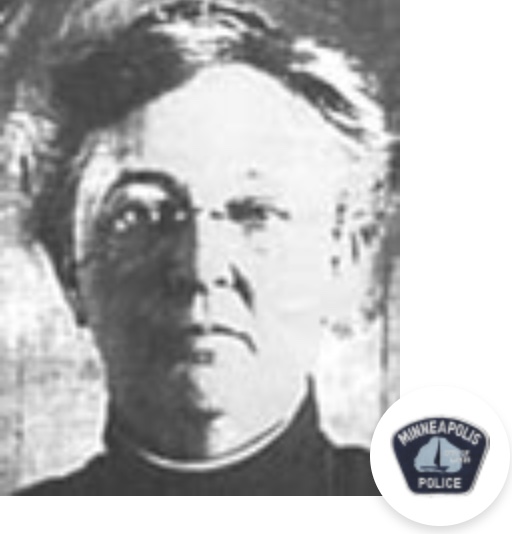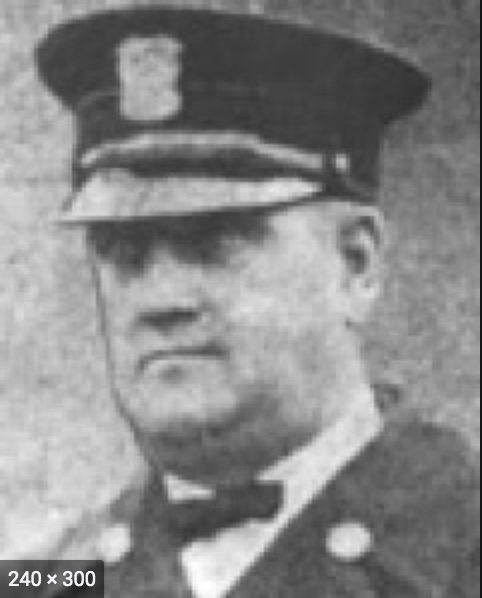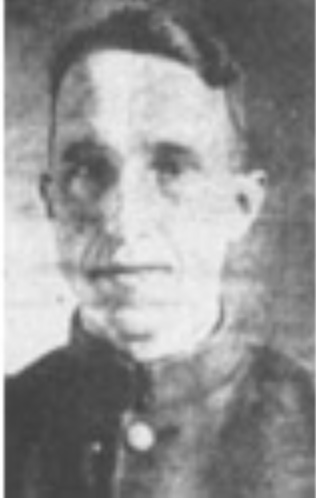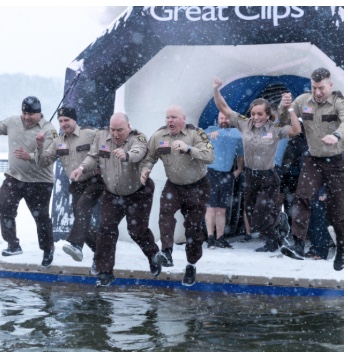The Minneapolis Police Honor Guard and Color Guard Foundation is part of a team which has come together to develop a Minneapolis Police Museum.
The mission of the Minneapolis Police Museum is to encourage an understanding of the role of policing in the development of our city, to describe its evolution, and to promote this noble profession while honoring the officers who have served our city through the decades.
Since 1857, the Minneapolis Police Department has served and protected the City of Minneapolis and its residents. As our city has grown and evolved, so has the department. The Minneapolis Police Museum seeks to tell the story of policing within a context that honors our officers and relates the remarkable stories of the neighborhoods they have served.
We are at the beginning of an exciting journey to preserve and share our rich history of public service.
We need your support to grow and thrive.
Please consider becoming a museum volunteer.
For more information please contact: [email protected] [email protected]
Photograph of the Minneapolis Police Department during the 1887 visit of President Grover Cleveland to Minneapolis courtesy of Hennepin County Library

